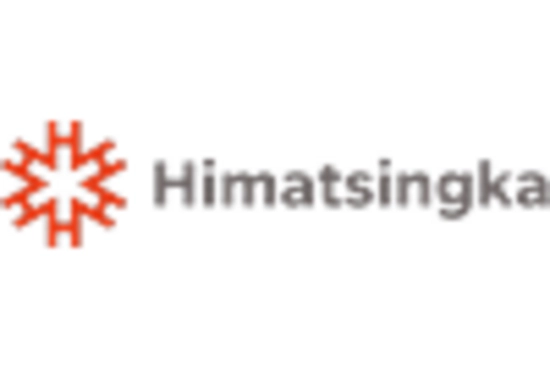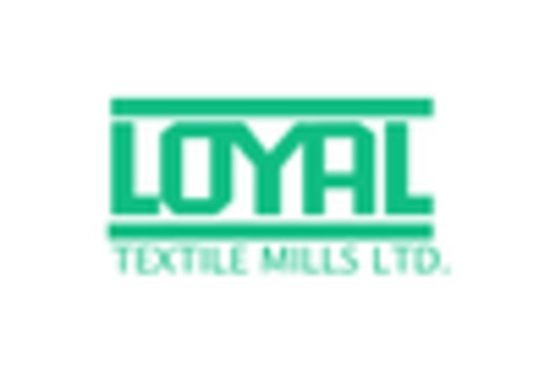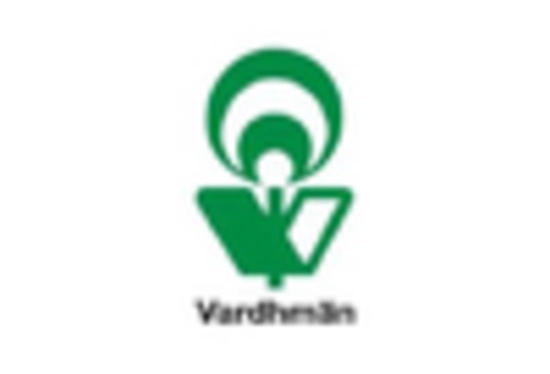Market Share
Cotton Yarn Market Share Analysis
In the competitive landscape of the cotton yarn market, companies employ various market share positioning strategies to gain a competitive edge and establish their presence in the industry. These strategies involve identifying and targeting specific market segments, leveraging pricing strategies, differentiating products based on quality and innovation, and building strong distribution channels.
One common approach is to target niche markets within the cotton yarn industry. Companies may focus on specific types of cotton yarn, such as organic or recycled varieties, or cater to particular industries like textiles, apparel, or home furnishings. By specializing in a niche market, companies can differentiate themselves from competitors and appeal to customers with unique needs or preferences.
Pricing strategies also play a crucial role in market share positioning. Some companies may choose to compete on price by offering lower-cost cotton yarn products to attract price-sensitive customers. Others may opt for a premium pricing strategy, positioning their products as high-quality or luxury items and targeting customers willing to pay a higher price for superior quality or performance.
Product differentiation is another key strategy for gaining market share in the cotton yarn industry. Companies may invest in research and development to create innovative yarns with unique features or properties, such as enhanced durability, moisture-wicking abilities, or eco-friendly materials. By offering differentiated products, companies can appeal to customers looking for specific benefits or advantages in their cotton yarn purchases.
In addition to product differentiation, companies also focus on building strong distribution channels to reach target customers effectively. This may involve partnering with wholesalers, retailers, or online marketplaces to ensure broad availability and accessibility of their cotton yarn products. By expanding their distribution networks, companies can increase their market reach and capture a larger share of the cotton yarn market.
Furthermore, branding and marketing efforts play a crucial role in market share positioning. Companies may invest in building a strong brand identity and communicating their unique value proposition to customers through advertising, promotions, and other marketing activities. By effectively communicating the benefits of their cotton yarn products, companies can attract customers and build brand loyalty, ultimately increasing their market share.
Overall, market share positioning in the cotton yarn industry requires a combination of strategic planning, innovation, and effective execution. By targeting specific market segments, implementing pricing strategies, differentiating products, building distribution channels, and investing in branding and marketing, companies can successfully position themselves for growth and success in the competitive marketplace.

















Leave a Comment